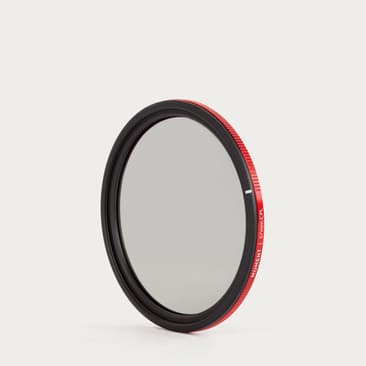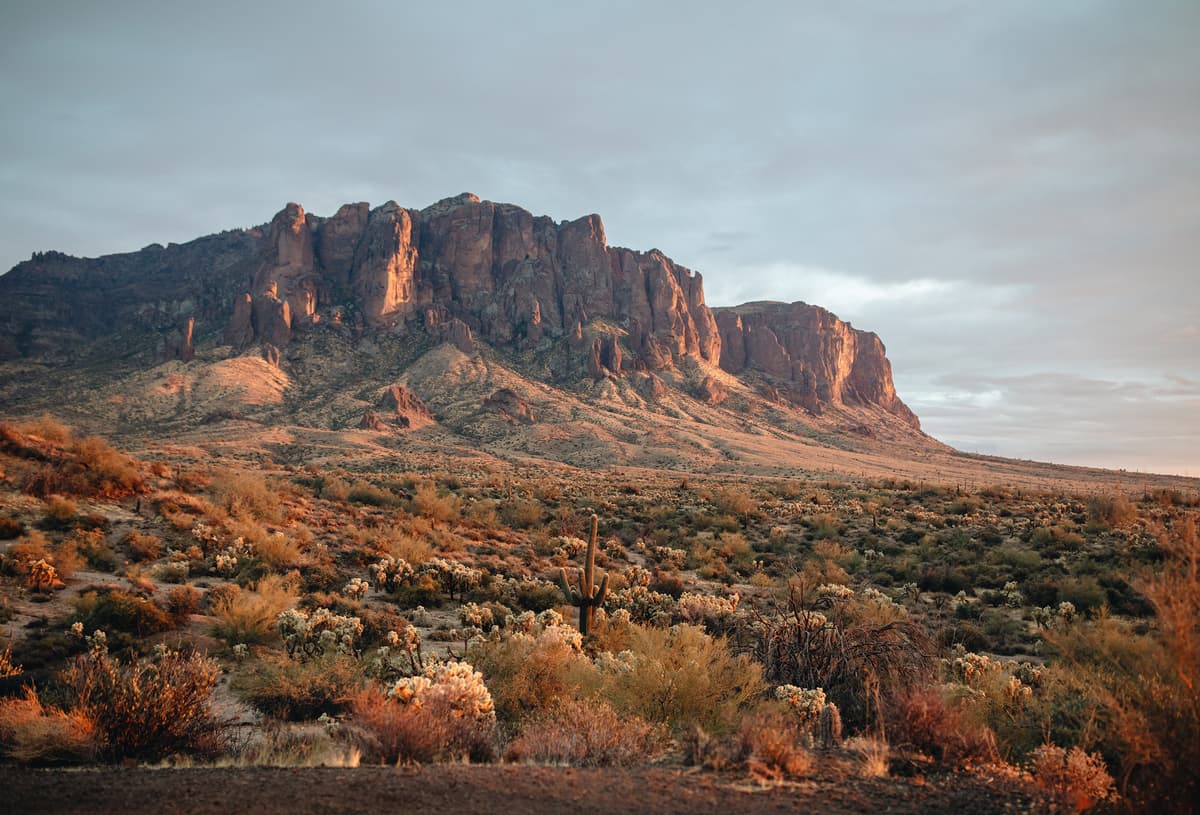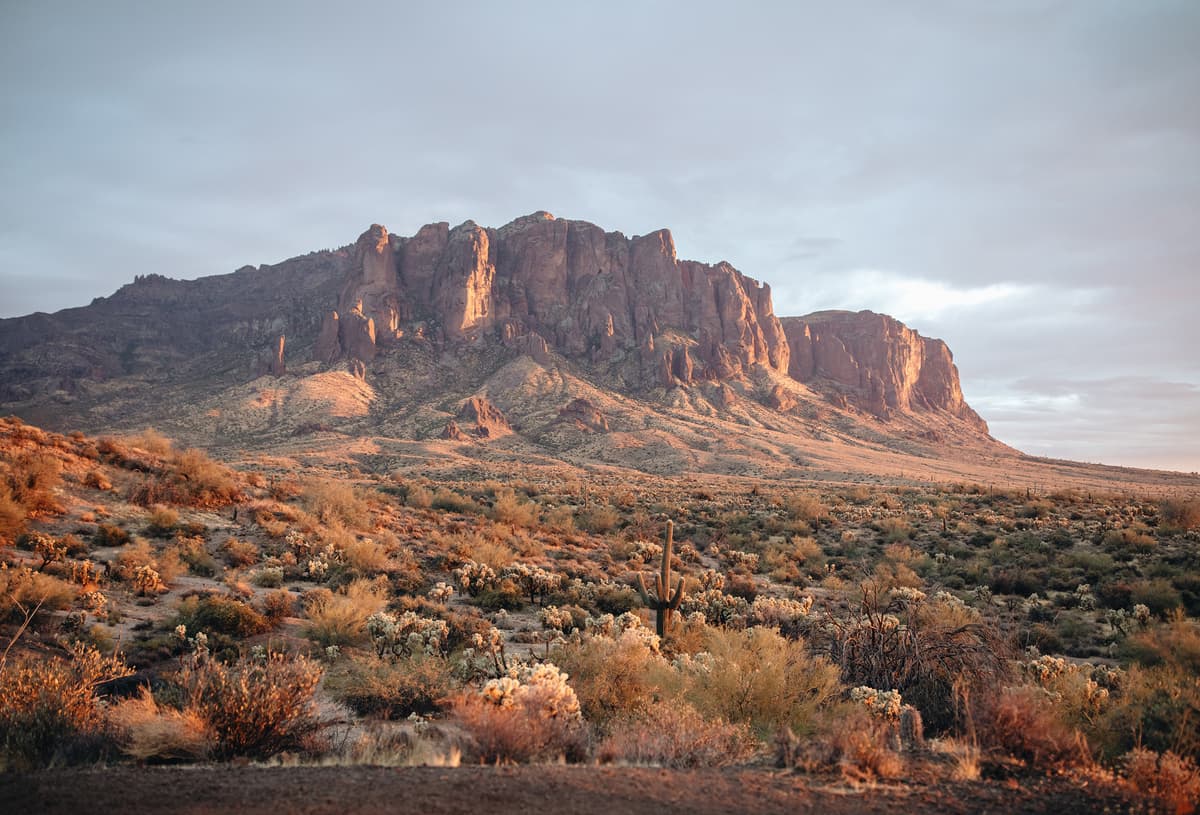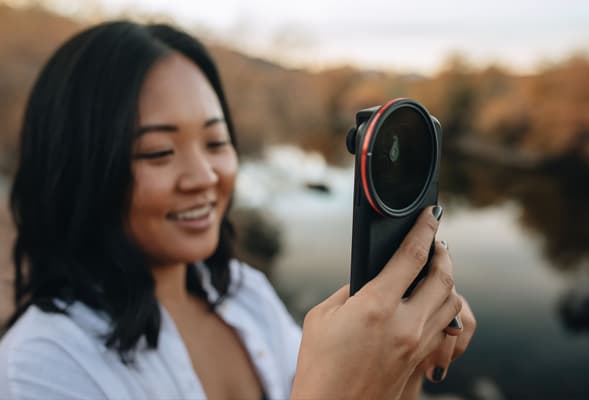ND Filters and CPL Filters: Why, How, and When To Use Them
What are CPL and ND filters, and why are they often recommended for creators? Let's discuss and show examples.

Filters. You’ve heard of them, but what are they, and what do they do?
Some photographers often don’t want to overcomplicate their setup further than necessary. However, for those wanting to excel in their expectations and forward their hobby into a real profession, CPL and ND filters can potentially turn otherwise standard photographs into something much more mesmerizing and dynamic. While both the CPL and ND filters perform different tasks and functions, each has the ability to give the photographer more control over what appears in your final product.
So, what are CPL and ND filters and what do they do? These questions are valid concerns and pose an exciting take on elevating our photography level(s) from amateur to professional.

What’s a CPL Filter?
A CPL filter – a circular polarizer/linear – is a glass attachment that can reduce the glare from reflected surfaces.
How does it help? Polarized light comes from light that has been reflected off of something. It can come from the light reflecting off an alpine lake, reflections from a coffee shop window, or even light reflecting off moisture and pollution in the atmosphere. Polarized light is made up of scattered rays and is something you don’t want in your shot. The CPL Phone Filter filters out this polarized light, leaving you with an awesome image you can’t replicate post-production. Your final image has bluer skies, greener trees, and super-sharp clarity.
Features and Compatibility for Moment’s Antiglare CPL Filter:
- Premium fused silica optical glass for supreme clarity
- Advanced 16-layer optical coatings
- Knurled grip texture for more control and easy removal from lenses
- Stacks with fixed NDs, Moment Cinebloom, or UV Filters
- Smooth rotation ring for precise polarization adjustment
- Available for standard camera lens sizes 58mm - 82mm
Of course, I work for Moment and believe we make top-quality products. I’m constantly astounded by the perfectionistic tendencies our gear team commits to and the many hours of hard-earned beers it takes to get there. However, I’m a very non-technical photographer; I avoid unnecessary gadgets and gizmos, filters included. I sighed in disbelief when asked to create photographs with our new CPL. Nonetheless, I accepted the challenge and bribed my best friend, Eunice Beck, to gander around Arizona’s famous Canyon Lake for sunset. We packed our to-go coffees and tea, strapped our beloved cameras around our necks, and drove an hour East to a place where reflective surfaces and sunny skies over the atmosphere.
Upon initial reaction, I didn’t quite understand the point of such a tool. I threaded the filter on my lens before looking at the LED screen and noticed crisp detail in the water and skies (DUH, Natalie, where you’re supposed to!), but I wasn’t taken aback. However, I immediately gasped once I removed the filter, kept the same camera settings, and truly saw the difference it made in having it on versus not at all. The skies without the CPL were vastly overexposed, had little to no detail, I could barely make out the true color of the sky, and the foreground’s shadows were muddier than desired. The AntiGlare CPL filter made it so that the image’s dynamic range was much crisper and clearer than what your eyes can see, almost like having an iPhone's classic, juicy dynamic range. See below for a side-by-side difference.

Moment
AntiGlare CPL Filters
Get rid of unwanted glare! Master light with the Moment AntiGlare CPL filters which help to control reflections, boost colors, and mitigate shadows
Buy for $67.99

With vs. Without CPL Filter



What’s an ND Filter?
I’m sure you’ve heard me tout the benefits of using an ND filter before in previous articles… like sunglasses for your camera, they give you ultimate control over the light hitting your sensor, and that means slower shutter speeds, giving you smooth motion in your clips and more color in those sunset shots.
What does it do? It lets less light in, so you can do longer exposure shots during the day. If you have taken a landscape shot before, you know that your sky is either too bright or your foreground too dark - because you’re choosing between sky and foreground on what will be properly exposed.
Moment’s phone filter system uses the same bayonet design as the M-series cases you love. Simply pop the 37mm Filter Mount onto your photo case, and you’re ready to shoot with any of our 37mm filters.
Features and Compatibility for Moment's ND Filter
- Featherlight (TM) Construction
- 37mm
- Cinema quality, shatterproof glass
- The neutral color and incredibly sharp
- Low 1.46 refractive index glass
- Proprietary optical coatings

Moment
67mm Variable ND - Phone Filter Bundle
67mm Phone Filter Mount and 67mm Variable ND filters. Works on any phone, with or without a phone case. Free shipping, 24/7 service, lifetime warranty.
Buy for $159.98


When To Use Lens Filters
There are many scenarios when one might want to use a CPL or ND filter, as both excel in different areas of expertise. Let’s narrow down to a handful of opportunities you’re most likely to encounter daily.
For a CPL filter:
Removing Glass Reflections: A common first mistake people might notice when starting out in photography is how difficult it can be to take a photo from inside a window or car door. A polarized filter reduces any unwanted streak of light or milky blurs that get in the way of your shot. It can also do the same for reflected light on water surfaces.
Make the Blues More Blue: Nothing ruins your landscape shots more than an overexposed sky. Foreboding a sense of tension and mood and darkening the sky using a CPL filter, you’ll notice just how much more of a dynamic range you’ll produce.
Remove the Haze: If you hope to make a specific color more vibrant in detail and hue, then a CPL filter is an excellent choice. See every detail of the leaves on a tree without the unwanted haze coming from the sun.

Bluer blues with the CPL filter.

Bust Mode with a low shutter speed.
For an ND Filter…
Long Exposures: Time to go manual mode! This is one of the more common ways to use an ND filter, as it commonly produces a hazy motion blur in the background of an action shot or milk the moving water in a waterfall scene. Stack additional ND filters for a more groundbreaking effect.
Action Shots: Reducing the amount of light entering the lens allows the photographer to select unique combinations of aperture, exposure time, and sensor sensitivity that would otherwise create an overexposed image. Action shots with an ND filter allow the subject to stay tack sharp without unwarranted streaks or flares.

Cool waterfalls with manual slow shutter.

Smooth and uninterrupted.


With / Without CPL Filters
Overall Verdict:
Both are awesome, and both provide different functions, so I’d say buy both if you can.
Can you photograph waterfalls without an ND filter or capture the sky without a CPL filter? Absolutely! However, using either will pose less of a challenge, and coat your phone or lens with an exceptional cover to save your camera from scratches or dust. They really are an excellent tool for photographers, and I’m stoked we have these bad boys in our shop.
The most convenient part? You don’t need a Moment Lens to attach one or either of these filters to your phone. Moment used to make it so that you had to have a $100 lens to attach it, but no more. Simply purchase a filter mount and directly attach the filter to your phone by turning it 90 degrees in its slots. They don’t work with the selfie camera yet (darn), but who needs that anyway.

Without ND Filter.

With ND Filter.






